At 2013 Auto Show, Technology's In The Driver's Seat
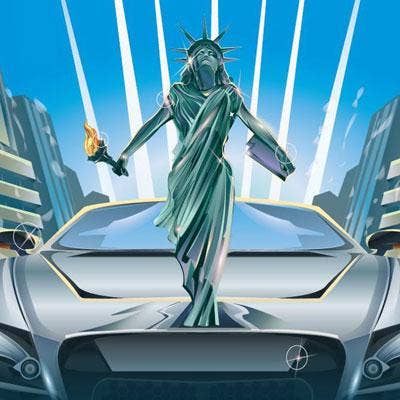
High-Tech Vehicles
High technology was everywhere at the 2013 New York International Automobile Show, running through Sunday, April 7, in New York City. Companies from Acura to Zurich covered every square inch of the Jacob Javits Convention Center (including its new north wing) to display cars, trucks, motorcycles, accessories and related services for the automotive industry and its dealers, distributors and consumers. The CRN Test Center was on hand to explore the Explorer, box the Boxster and scale the Sierras. Here's some of what we found, from a technology perspective.
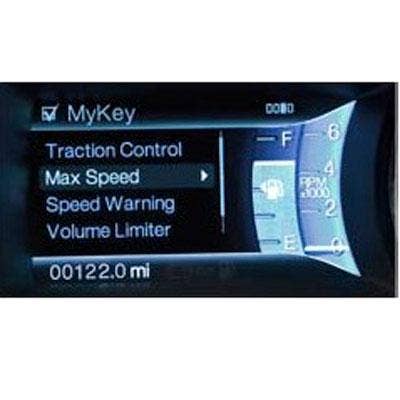
Ford's Key For Transit
Ford was among the largest and most prominent exhibitors and was showing its latest line of Transit Connect vans for North American and European commercial markets. Perhaps the coolest new feature for the 2014 model year is MyKey, an option available this fall that allows fleet operators to tie vehicular functions such as top speed and radio volume to particular a vehicle's keys. The new model year also introduces several larger vehicles and a rear liftgate option. The bailout-free company also was demonstrating SYNC AppLink, a new voice activated capability unveiled earlier this year that plays music stored in the library of an Amazon Cloud MP3 Player.
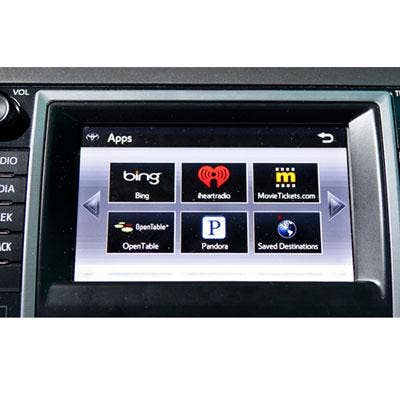
Toyota's In Tune
Toyota was talking up EnTune, its multimedia navigation system introduced with the 2012 Prius v. The technology pairs with a smartphone via Bluetooth and uses the phone's data plan to provide voice-activated access to spoken driving directions, Bing search, internet-based radio stations through iHeartRadio and Pandora, movie tickets and even restaurant reservations through OpenTable Web service. New this model year in its Sienna and other minivan models is a 19-inch LCD panel with split-screen capability. The infotainment center can display video content from a built-in DVD player on one-half of the screen and satellite TV or input from an auxiliary AV device on the other. Also new in the 2013 RAV4, according to a spokesperson, are blind-spot monitoring, rear cross-traffic alerting and radar-controlled dynamic cruise control.
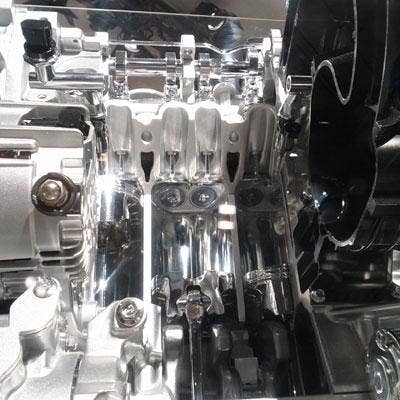
Mazda Skyactiv
Mazda in early 2012 introduced its latest engine technology to the world with a Skyactiv Super Bowl commercial that was long on branding and experience and extremely short on substance. But the proof was in the 2012 model-year pudding, as its Mazda 3, 6 and CX5 vehicles have boosted engine torque by 8 percent and improved fuel economy to 40 MPG from a previous high of 29. The technology also incorporates a super-light aluminum alloy to shave about 200 pounds from the overall vehicle weight. But the key to engine performance improvements, according to a Mazda spokesperson, is the code-shaped cylinder head (shown) and a specially shaped piston, which "allow the cylinder to drive further toward the cylinder head for a smaller compression area," and a compression ratio of 13-to-1. Most other engines operate at 10- or 11-to-1, the spokesperson said.
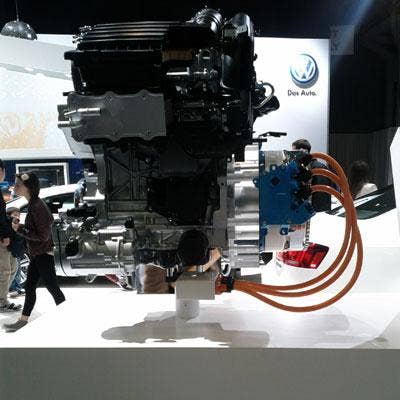
Volkswagen Goes Beyond The Battery
Volkswagen has shown that there's more to improving the hybrid vehicle than advancements in battery technology. Last fall the company introduced the 2013 Jetta Hybrid, which features a 2-liter turbocharged gasoline engine that flattens the conventional hybrid torque curve. An advantage of the electric motor is immediate and continuous torque from 0 MPH to its peak speed. "And when that peaks, the turbo has already spun up and takes over with no lag," said a spokesman. "So the turbo feels like a normally aspirated motor because there's no turbo lag." The all-new hybrid engine (shown) decouples from the drivetrain at high speeds and while coasting to achieve zero emissions. A version of Volkswagen's TDI design, the gas engine produces a peak horsepower of 170, compared with the Prius gas engine, which generates 98 horsepower.